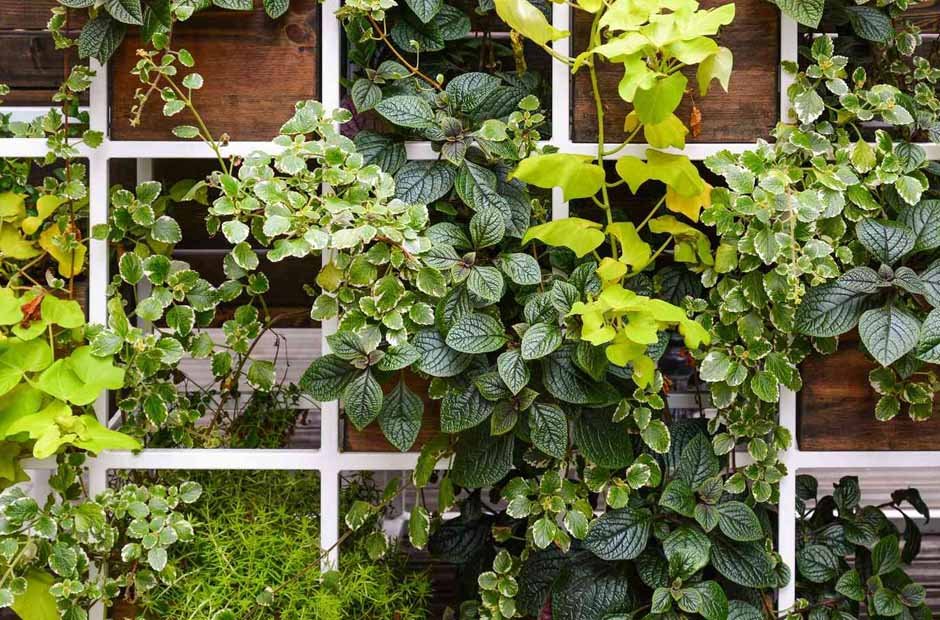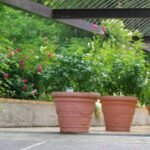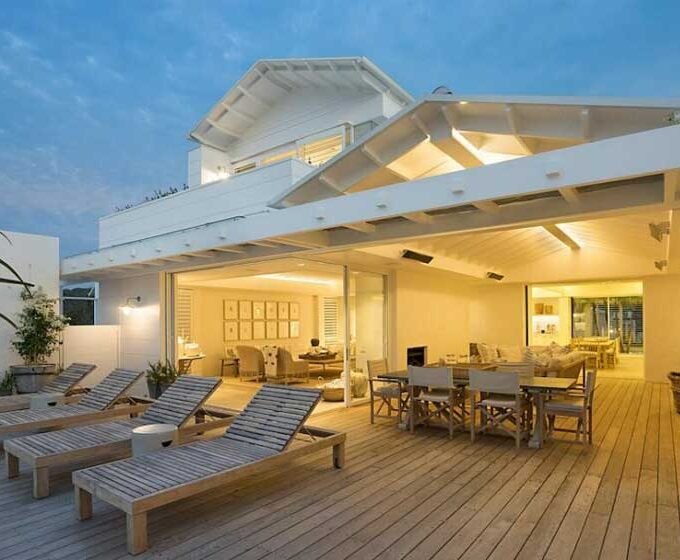Vertical gardening has become increasingly popular among gardening enthusiasts due to its space-saving nature and aesthetic appeal. This innovative technique allows you to maximize your gardening space while adding a visually stunning element to your landscape. Whether you have limited space or want to transform your walls or fences into green havens, vertical gardening is the perfect solution. In this blog post, we will explore the art of vertical gardening and discuss practical ways to incorporate it into your landscape.
Benefits of Vertical Gardening
Vertical gardening offers numerous advantages that make it an attractive option for both experienced and novice gardeners. Let’s delve into some of the key benefits:
Optimal Space Utilization
Vertical gardening is a game-changer when it comes to making the most of limited spaces such as balconies, patios, or small yards. Instead of being restricted to traditional ground-level gardening, vertical gardening allows you to utilize available space more effectively. By growing plants vertically, you can create a lush green environment in areas where horizontal space is limited.
With vertical gardening, you can utilize walls, tall wooden fence panels, or specially designed structures to grow plants vertically. This technique opens up a world of possibilities, allowing you to create stunning living walls or hanging gardens that maximize every inch of available space. Whether you live in a compact apartment or have a small urban garden, vertical gardening empowers you to transform confined areas into thriving green oases.
Versatile Plant Selection
One of the most exciting aspects of vertical gardening is the incredible variety of plants you can grow. From vibrant flowers to aromatic herbs, fresh vegetables, and even small fruits, the options are virtually limitless. The vertical orientation of the garden enables you to experiment with diverse plant combinations and arrangements within a compact area.
For a colorful and visually appealing vertical garden, consider incorporating a mix of trailing plants, climbers, and cascading flowers. Trailing plants like ivy or petunias gracefully cascade down from higher planters, while climbers such as jasmine or clematis can add vertical interest as they wind their way up trellises. Additionally, compact varieties of vegetables like cherry tomatoes or lettuce can thrive in vertical planters, providing you with fresh produce even in limited spaces.
Aesthetic Enhancement
Vertical gardens can transform dull walls or fences into vibrant and lively spaces. Whether you prefer a cascading display or a structured arrangement, vertical gardening offers limitless creative possibilities to enhance the aesthetics of your landscape. Consult with a skilled Roswell Georgia landscape architect to bring your vertical garden ideas to life.
Improved Air Quality
Plants act as natural air purifiers, absorbing carbon dioxide and releasing oxygen. Incorporating vertical gardens into your landscape not only adds beauty but also improves air quality, creating a serene and relaxing environment around your home.
Tips for Incorporating Vertical Gardening
To successfully incorporate vertical gardening into your landscape, consider the following practical tips:
Selecting the Ideal Location
Before installing your vertical garden, carefully assess the available space and lighting conditions. Most plants require at least six hours of direct sunlight per day to thrive, so choose a location that meets these requirements. Also, consider the accessibility of the area for maintenance and watering.
Choosing Suitable Plants
Opt for plants that are well-suited for vertical growth and have shallow root systems. Vine plants such as tomatoes, cucumbers, beans, and flowering climbers like morning glories or jasmine are excellent choices for vertical gardening. Additionally, herbs like basil, thyme, and mint are ideal for smaller vertical garden installations.
Installing a Supportive Structure
Create a sturdy framework for your vertical garden by installing a trellis, grid, or wall-mounted planters. These structures provide support for your plants to grow vertically. Ensure that the structure is firmly anchored and capable of bearing the weight of your chosen plants.
Consider Self-Watering Systems
Watering a vertical garden can be challenging, particularly in hard-to-reach areas. If you’re looking for a garden bed that does the work for you, check out this self-watering elevated planter from Frame It All. These innovative systems ensure that your plants receive the right amount of water without constant manual intervention, making maintenance easier and more efficient.
Regular Maintenance
To ensure the success of your vertical garden, regular maintenance is essential. Monitor your plants for signs of pests or diseases and take appropriate measures to prevent or treat them. Prune your plants regularly to encourage healthy growth and remove any dead or withered foliage. Additionally, fertilize your plants as needed to promote robust growth and abundant blooms.
Conclusion
Vertical gardening offers a space-efficient and visually appealing way to incorporate greenery into your landscape. By following the tips outlined in this blog post, you can create a stunning vertical garden that adds beauty to your surroundings while providing fresh herbs, vegetables, or flowers for your enjoyment. If you’re ready to transform your landscape and make the most of your gardening space, give vertical gardening a try. And for a convenient self-watering solution, don’t forget to check out the self-watering elevated planter from Frame It All. Happy gardening!
















